The golden light of dawn creeps across the canyon walls as a lone hiker pauses to watch the sunrise over Yosemite's Half Dome. This moment of solitary communion with nature - long considered the birthright of every American - is becoming increasingly rare in an era when even wilderness experiences require digital permits and advance scheduling. The National Park Service's expanding reservation systems have ignited a fierce debate about accessibility, preservation, and what it truly means to experience America's natural wonders.
The reservation revolution began as a pandemic-era necessity but has evolved into what many see as a permanent transformation of the national park experience. Where families once piled into station wagons for spontaneous road trips to Yellowstone or the Grand Canyon, today's visitors must navigate complex digital portals, competing for limited slots sometimes months in advance. "We're seeing a fundamental shift from spontaneity to scheduling," observes Dr. Rebecca Warren, an environmental sociologist at Colorado State University. "The question is whether we're managing crowds or manufacturing exclusivity."
Park officials defend the systems as essential tools for protecting fragile ecosystems. At Arches National Park, where delicate desert soils were being trampled by unchecked visitation, the timed entry system reduced foot traffic by 28% while maintaining 94% visitor satisfaction scores. "These aren't amusement parks with unlimited capacity," stresses Chief Ranger Mark Johnson. "When we see vegetation dying near popular viewpoints or wildlife changing migration patterns to avoid crowds, we have a responsibility to act."
Yet the digital divide creates unintended consequences. Older Americans and lower-income families who lack reliable internet access or tech literacy find themselves locked out of the very lands their tax dollars maintain. In Gateway communities near parks, businesses report clients arriving only to discover they can't enter without reservations made weeks prior. "The spontaneity of the American road trip is dying," laments motel owner Javier Mendoza near Zion National Park. "People don't realize until it's too late that you can't just show up anymore."
Some wilderness advocates argue the systems don't go far enough. Backcountry veteran Eli Rosenberg notes that even with reservations, popular trails resemble "conveyor belts of humanity" during peak seasons. "You're still hiking in a line of 50 people to Angels Landing, just now you had to click 'refresh' 100 times to get the privilege," he scoffs. Others counter that wilderness shouldn't require competitive digital skills to access. "Since when did experiencing nature become like scoring concert tickets?" asks outdoor educator Maria Chen.
The economic implications ripple through entire regions. While some businesses adapt by offering reservation-planning services, others see traditional tourism patterns disrupted. "We used to get families staying three nights while they explored Glacier," says Montana tour operator Ben Wyatt. "Now they get one reserved day, rush through everything, and move on." Conversely, parks report more balanced visitation throughout weekdays and seasons, reducing strain on infrastructure.
Psychological impacts may prove the most profound. Studies suggest that structured, time-pressured visits create different mental connections with nature than unstructured wandering. "There's a cognitive difference between knowing you have all day to sit by a waterfall versus watching the clock for your next reserved time slot," notes psychologist Dr. Alan Pierce, who studies nature therapy effects. Early research indicates reserved visits correlate with higher stress levels and lower "awe experiences" compared to traditional visits.
As climate change intensifies - with more visitors seeking refuge in parks during extreme heat events - the systems face new challenges. Last summer's reservation releases coincided with deadly heatwaves, leaving many elderly visitors without options to reschedule. "We got our Rocky Mountain passes for what turned out to be a 103-degree day," recalls retiree Geraldine Moss. "At our age, that's dangerous, but we couldn't just come back tomorrow."
The parks themselves grapple with implementation whiplash. After Acadia National Park spent millions developing its reservation infrastructure, public backlash forced abrupt reversals. "We're learning in real-time what works and what doesn't," admits NPS spokesperson Carol Vang. Some parks now use dynamic pricing - higher fees for peak times - while others experiment with lottery systems for iconic hikes. The inconsistent approaches create confusion for travelers visiting multiple parks.
Indigenous groups raise separate concerns about cultural access. For tribes with ancestral ties to park lands, the new systems often fail to accommodate ceremonial needs. "Our sunrise prayers can't be scheduled six months out based on some government website," says Northern Arapaho elder Thomas Bright Moon. Some parks now create cultural access exceptions, but the process remains bureaucratic.
Technology glitches compound frustrations. During last year's Recreation.gov crash on Yellowstone's opening day, thousands found their planned vacations suddenly in limbo. "We drove from Florida only to learn the system ate our reservation," fumes hiker Devon Rogers. "The ranger just shrugged and said to try next year." Meanwhile, scalpers exploit the systems, reselling reservations at massive markups on secondary markets - a practice the NPS struggles to police.
Educational impacts worry teachers and youth leaders. School groups historically relied on flexible park access for field trips, but rigid reservation windows make planning impossible. "We can't commit to a specific Tuesday in October when we don't even know the school calendar yet," explains Colorado science teacher Lisa Nguyen. Some parks now reserve blocks for educational groups, but availability remains scarce.
As the systems evolve, philosophical questions emerge about what national parks should represent. Are they museums where nature is viewed in scheduled increments, or living landscapes meant to be freely explored? "This isn't just about traffic flow," reflects historian Dr. Willa Jensen, author of "The People's Wilderness." "We're deciding whether wilderness is a right or a privilege - and that will shape America's relationship with nature for generations."
The solution may lie in balance. Some advocate hybrid systems - reserved peak times with unrestricted off-hours access. Others suggest expanding the park system to reduce pressure on iconic destinations. What's certain is that as visitation records keep breaking, the debate will intensify. For now, dawn still comes to the parks, reserved or not. But whether future generations experience it as a scheduled event or a spontaneous gift remains uncertain.
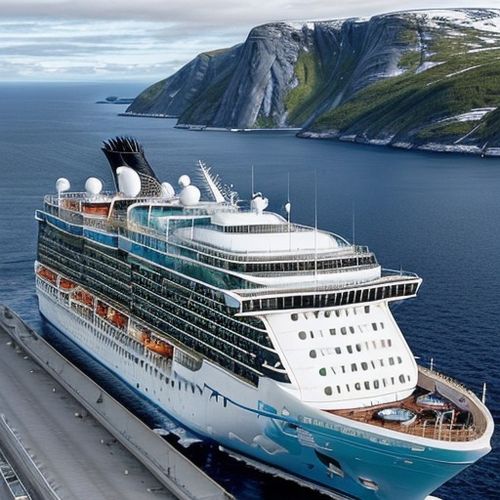
By Rebecca Stewart/Apr 7, 2025
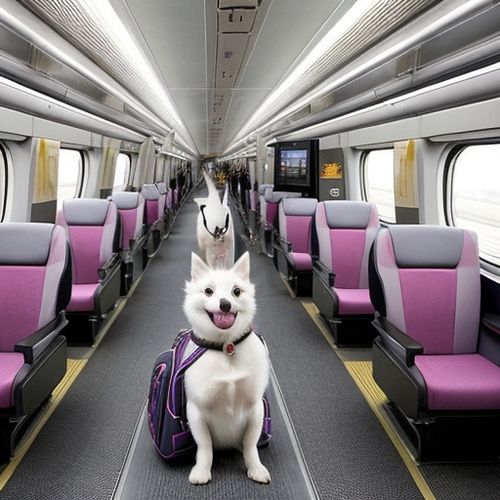
By Sophia Lewis/Apr 7, 2025
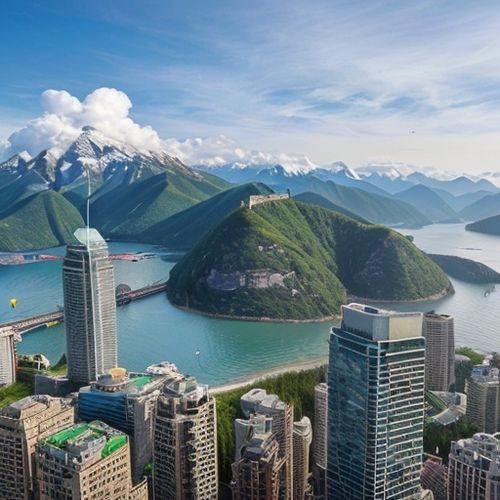
By Emily Johnson/Apr 7, 2025
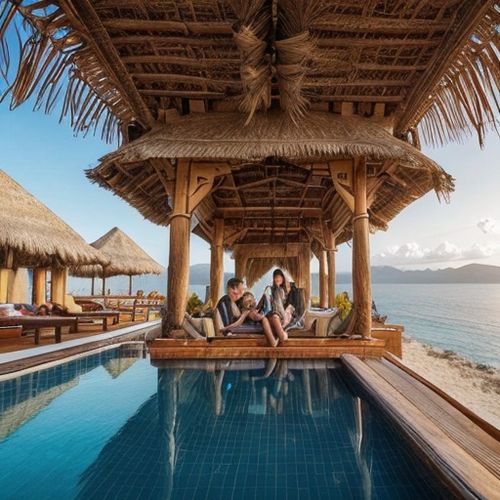
By Laura Wilson/Apr 7, 2025

By David Anderson/Apr 7, 2025
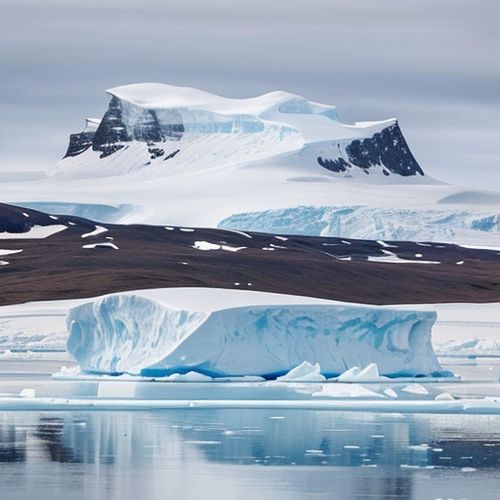
By Benjamin Evans/Apr 7, 2025
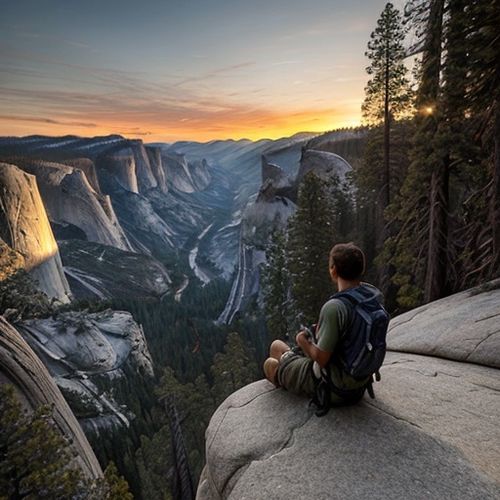
By William Miller/Apr 7, 2025
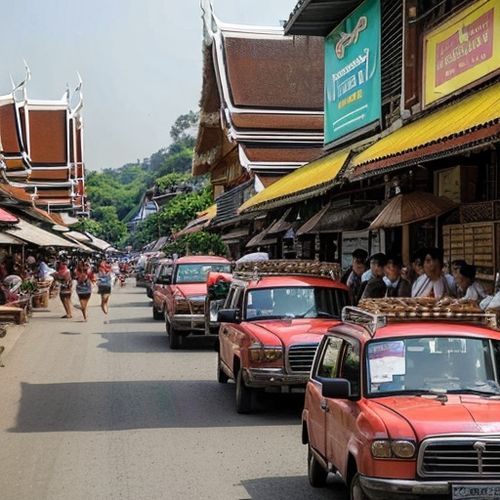
By Emma Thompson/Apr 7, 2025
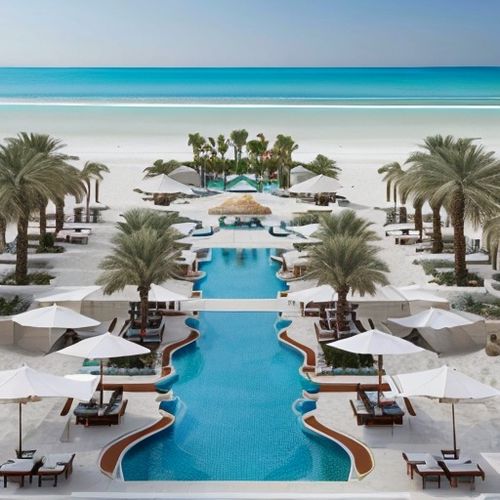
By Benjamin Evans/Apr 7, 2025

By Noah Bell/Apr 7, 2025
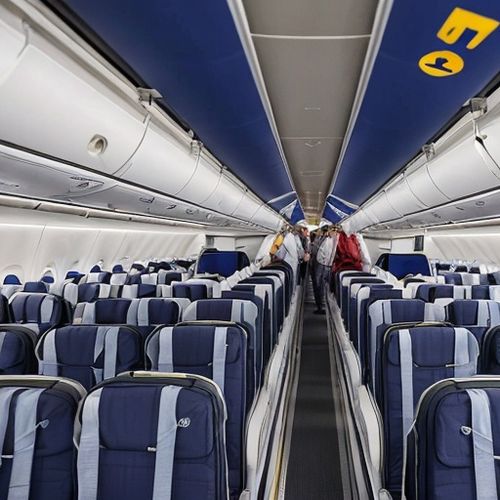
By Elizabeth Taylor/Apr 7, 2025
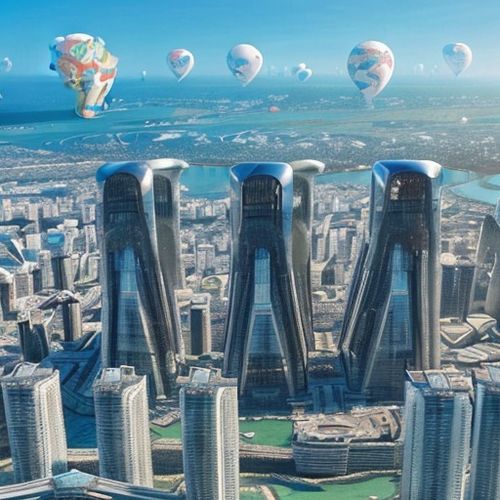
By George Bailey/Apr 7, 2025
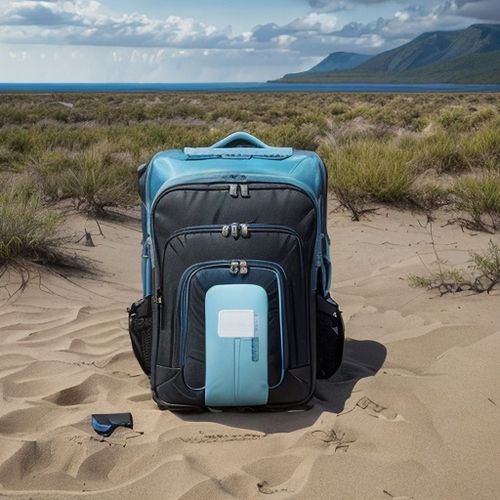
By Olivia Reed/Apr 7, 2025

By Ryan Martin/Apr 7, 2025
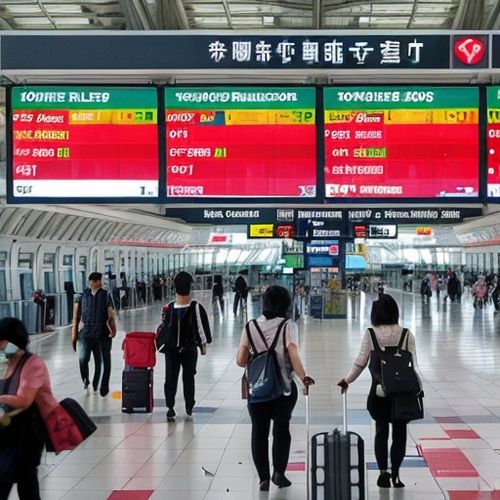
By George Bailey/Apr 7, 2025

By Laura Wilson/Apr 7, 2025
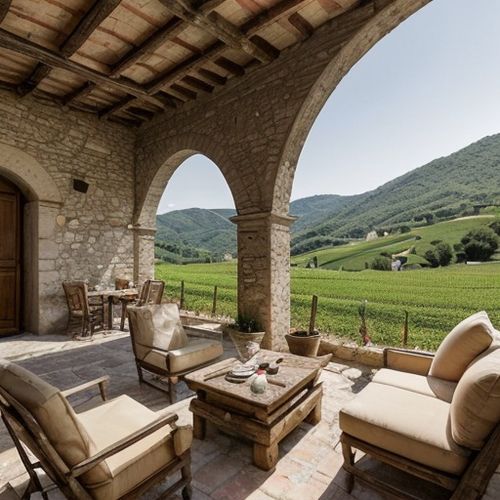
By Laura Wilson/Apr 7, 2025